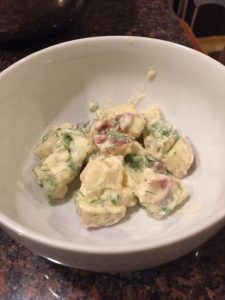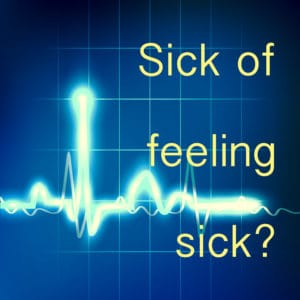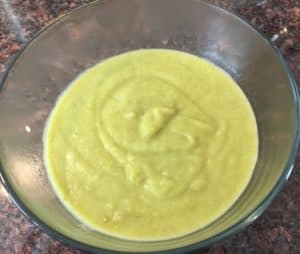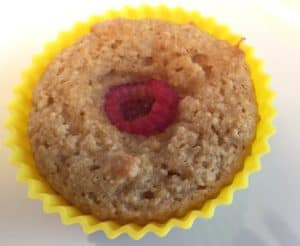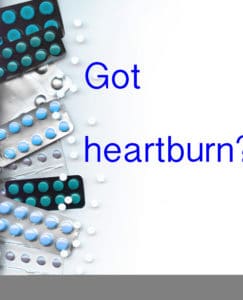
How often do you suffer from heartburn? GERD (GastroEsophageal Reflux Disease) effects 25-30% of the US population. GERD is a serious condition that goes well beyond the occasional symptoms of unpleasant heartburn. GERD is consistent chronic heartburn. Individuals with chronic heartburn are at increased risk of damage to the esophageal lining. This damage begins with mild irritation leading to scarring, constriction, ulceration, and even cancer in a small percentage.
Background:
During normal digestion, the lower esophageal sphincter (LES), located at the end of the esophagus, opens to allow food to pass into the stomach. After a bolus of food passes through this sphincter, it closes in order to prevent food and the acidic contents of the stomach from flowing back through the sphincter and up into the esophagus. In some cases of heartburn, the LES has weakened, or relaxed when it shouldn’t, allowing stomach contents to flow back up the esophagus. Another new theory about the cause of the esophageal damage and symptoms is inflammation (see below).
Medication:
The conventional treatment for heartburn is medication that blocks the production of stomach acid. This means there is less stomach acid to splash back up through the lower esophageal sphincter into the esophagus. This does relieve heartburn. However, this is just treating the symptom, not the underlying problem. The cause of heartburn, contrary to popular belief and logic, is not too much stomach acid. A majority of individuals suffering from heartburn are noted to have too little stomach acid. One theory as to why low stomach acid would lead to heart burn is that low levels of stomach acid results in the food sitting in the stomach longer than it should (food can’t advance to the intestines until the pH of the stomach is acidic), increasing the chance of back flow and heartburn. Whether a person has low stomach acid or normal stomach acid, lowering stomach acid production through medication is slapping a pill on the symptom and NOT fixing the problem.
To their credit, acid lowering medications do prevent heartburn and damage to the esophagus, but since they don’t address the underlying cause of the heartburn, they are not really a good solution. Not only are these medications just a temporary fix, but many research studies also link long-term use of these medications to the increased risk of conditions such as asthma, vitamin deficiencies, kidney disease, allergies, skin disorders, insomnia, osteoporosis, heart attacks, GI infections, dementia, and depression.
Causes of GERD?
So what are some potential causes of GERD?
- Consumption of foods that weaken the lower esophageal sphincter, and esophageal irritants (see below)
- Treatment: If this is the cause, then simple dietary and lifestyle changes can fix the problem.
- Smoking
- Hiatal Hernia
- Overweight
- Extra weight in the abdomen can create pressure on the stomach and push the contents back up toward the esophagus.
- Eating large meals
- A too full stomach will put pressure back up on the lower esophageal sphincter.
- Eating right before bed
- High stress levels
- Magnesium deficiency
- Magnesium helps the sphincter at the bottom of the stomach to relax, encouraging the stomach to empty-the right way
- Food sensitivities or allergies
- Small intestinal bacteria overgrowth
- The bloating and gas from the bacteria can put pressure upwards on the stomach.
- Yeast overgrowth in the gut
- The bloating and gas from the yeast can put pressure upwards on the stomach.
- Inflammation!
Treatment:
Dietary and lifestyle changes can be extremely effective in treating GERD/heartburn.
Avoid the following
- Lower Esophageal Sphincter Weakeners (if the lower esophageal sphincter is opened or weakened, the contents of the stomach can splash up to the esophagus):
- Fats, fried and greasy foods
- Chocolate
- Coffee
- Mint (especially peppermint and spearmint)
- Sugar
- Alcohol
- Onions
- Foods that you are allergic or sensitive to
Esophageal Irritants (these foods, if backed up into the esophagus, will irritate the lining):
- Citrus fruits and juices
- Tomato based foods
- Spicy foods
- Coffee
- Carbonated drinks
- Garlic
Inflammation:
A study was just published in May in JAMA, which demonstrated that a person’s immune system is responsible for the injury (not acid). In other words an immune response (inflammation) is responsible for these symptoms and not acid burning the esophagus.
A general anti-inflammatory diet is a good way to lower your inflammation. This would consist of cutting out inflammatory foods:
- Sugar
- Gluten
- Dairy
- Alcohol
- Processed foods, fats and starches.
The other side of an anti-inflammatory diet is eating lots of anti-inflammatory foods:
- Fish
- Fruits
- Vegetables
- Healthy fats (olive oil, avocados, nuts)
Another thing that causes inflammation is the body’s immune response to a specific food. Food sensitivities are different than allergies (where the reaction is immediate and usually severe). Sensitivities are the cause of low chronic inflammation. Common food sensitivities include dairy and gluten, but a person can be sensitive to anything (even anti-inflammatory foods like avocado and fish). Once you are aware of which foods you are sensitive to, it is beneficial to eliminate them from the diet as they may trigger symptoms. Food sensitivity testing or full elimination diets are ways to determine if you are sensitive to certain foods.
Lifestyle:
Aside from dietary changes, there are addition lifestyle changes that are important.
- Eat small meals
- Minimize activity that may increase intra-abdominal pressure such as heavy lifting. Avoid postures that may aggravate GERD (inverted yoga poses).
- Wear loose fitted clothing that does not squeeze the abdomen and put additional pressure on the LES
- Limit food intake before sleeping.
- Taking a short walk after consuming meals
- Keep up with sleep hygiene: Elevate the head of the bed; avoid sleeping in the left decubitus position.
- Avoid smoking
Supplements:
- DGL (licorice) heals the lining of the stomach (and esophagus and intestines)
- Zinc carnosine (healing)
- L-glutamine (healing)
- Magnesium (opens the lower stomach sphincter to promote gastric emptying, so food doesn’t sit in the stomach and put pressure on the esophageal sphincter)
- This is a liquid herbal mixture that promotes gastric emptying so food doesn’t sit in your stomach for so long.
As a functional medicine nutritionist, I believe that treating the root cause of this condition is better than slapping a pill on the symptom. Treatment can be achieved through proper nutrition and the elimination of trigger agents, food allergies and sensitivities, and adding deliberately chosen natural supplements, if needed. With this treatment plan, digestion can return to normal and, in time, the LES will be able to heal itself.

